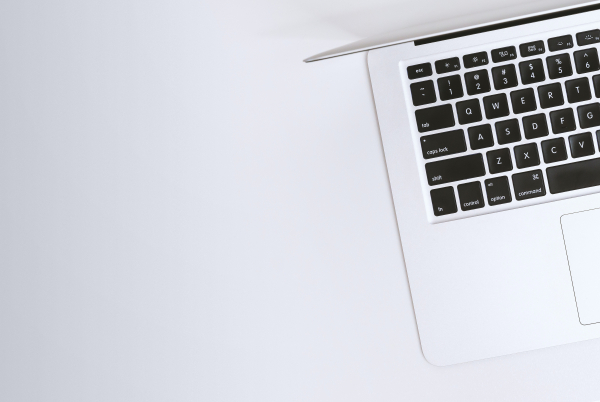Frictionless commerce is growing in popularity among shoppers and retailers alike. But is frictionless technology part of an evolution where you can build on existing solutions or a revolution where you must quickly reshape your business processes to keep up with the competition?
To answer this question, Bill Miller, our vice president of sales, joined a webinar discussion, hosted by Conexxus, alongside Toby Awalt, director of product marketing, Mashgin, and IV Dickinson, vice president of digital experience, SageNet, to discuss the future of retail. The conversation, moderated by Kristen Call, Americas IoT Specialist, Intel and hosted by Donna Perkins, Standards Manager, Conexxus is available for on demand viewing.
Putting the customer first
Retailers shouldn't be trying to 'get ahead' in the technology revolution just to have the latest and greatest. As Bill Miller said, "it's all about me, as the customer." Every decision should be focused on what the customer wants – their preferences and their convenience.
Frictionless technology is the logical next step for retailers who are prioritizing their customer's needs. As Toby Awalt pointed out, customers hate lines. In 2018, Forrester reported that 32% of shoppers will change locations to avoid a line, and 65% were willing to use self-checkout to create a more seamless experience. And what's more, this study was conducted before the pandemic. Now, customers are even more willing to experiment with new technology if it means they'll get their goods quicker, both for their safety and for their convenience.
Experimenting with frictionless technology
Retail segments are converging, so the technology typically used in each type of store have becoming increasingly similar. For example, the innovations used in c-stores in recent years are now applicable in hospitality venues and vice versa. For any retail segment, there are a wide variety of ways businesses can incorporate frictionless technology, including:
- Self-scan checkout and self-order kiosks
- Smart lockers to enable pre-orders
- Computer vision for loyalty programs and targeted advertisements
- Digital signage for smart vending and menu boards
- Entertainment and interactive video walls
- Tools enabled by AI, these can power inventory management, product placement optimization, promotions, and more
- And of course, "just walk out" type technologies.
Benefitting from the technology investment
Frictionless technology has evolved extensively in the last few years – from POS kiosks to Amazon's Just Walk Out technology. Not only is this technology beneficial for differentiating oneself from the competition, but it also leads to other examples of heightened ROI, including:
- Increased sales from shorter lines
- Reduced labor costs
- Reduced labor resources and therefore reduced turnover
- Reduced inventory shrink
- Improved margins
Furthermore, frictionless technology creates more opportunities for retailers. For example, if less staff is needed at all times, the excess staffing time can be used to extend the operating hours of the store. And, within a fully integrated store, frictionless technology can help retailers with heatmapping, cart analysis, loyalty programs, buyer history and SMS and email marketing.
Creating an "in-store digital experience ecosystem"
It's not enough, however, to simply install new technology and then step aside, according to IV Dickinson. Successful innovation requires an in-store digital experience ecosystem that connects managed services (the team tasked with monitoring and maintaining the technology) with professional services (the team designing, testing and installing the technology) and the organization (the dedicated associates who will be using the technology). This ensures that the solutions will work just as well on day 1,000 as they did on the day they were installed. Because, if the technology breaks down, the experience is no longer frictionless.
Despite all these moving parts, Bill Miller reiterated that customers always need one source of truth in the store. All the technology and related teams need to work together to coordinate the shopper experience for customers both within the store and at the forecourt to maximize ROI.
Joining the evolution
In short: frictionless technology is an ongoing evolution, and brands and retailers that keep innovating – as it makes sense for their customers – will benefit tremendously.
If you're interested in learning more about how your store or forecourt can incorporate frictionless technology, reach out to us today. And be sure to follow us on Twitter and LinkedIn to learn more about upcoming webinars and events.
You can also learn more about GK's latest solutions including CLOUD4RETAIL, OmniPOS, TransAction+, GK Drive and AIR Personalization at NRF 2022 in New York City. Schedule a meeting with us at booth 5419 today!

